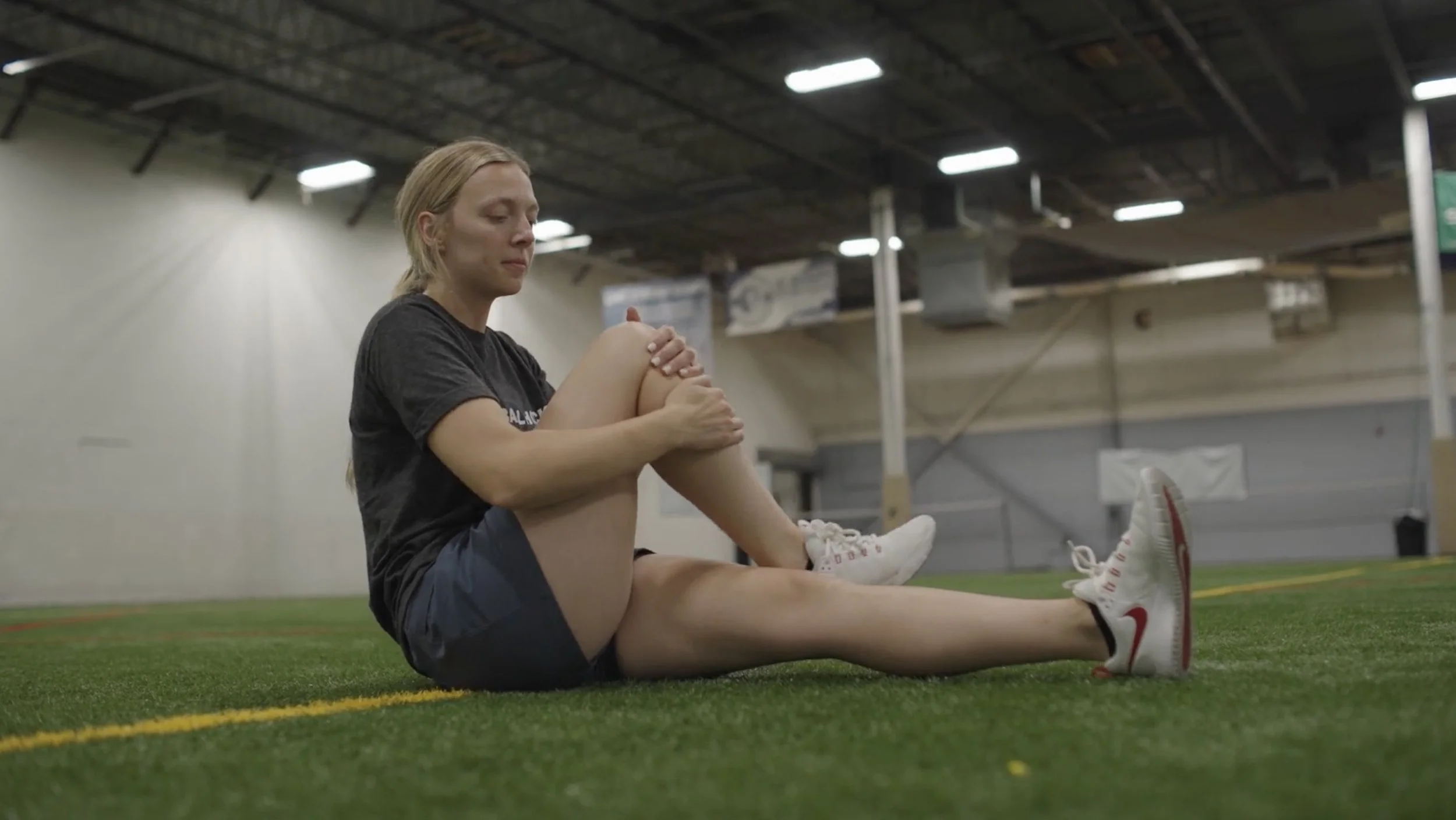Is Your Warm Up Working?
HOW TO PREVENT INJURIES BEFORE THEY HAPPEN
Let’s be honest: how often do you rush through your warm-up just to get to the “real” part of practice? We’ve all done it.
But here’s the thing: your warm-up might be the most important part of your workout. It’s not just about getting sweaty, it’s about protecting your body and helping you perform your best. Especially for girls, who are more likely to get certain injuries (like ACL tears), a good warm-up is a must.
Let’s break it down.
🔥 What Is a Warm-Up?
A warm-up is not just jogging around or doing a few toe touches. A real warm-up should:
Get your heart rate up
Wake up key muscles
Help your joints move better
Teach your body how to move safely
Get your mind ready to compete
It should feel like a mini workout, not something to just check off a list.
🚨 Why It Helps Prevent Injuries
Doing a smart warm-up can cut your risk of injury by up to 50%—especially injuries like:
Knee injuries (like ACL tears)
Hamstring pulls
Ankle sprains
Girls are more likely to get certain injuries because of how our bodies are built and how we move. But a good warm-up can:
Help you land and cut safely
Strengthen your core and hips
Improve how your muscles and joints work together
⚠️ Mistakes to Avoid
Some people make the mistake of jumping into hard plyos too fast. That’s risky and can hurt more than help.
Common mistakes:
Doing jumps before your legs are strong enough
Landing with knees caving in or locked legs
Doing too many too fast
Treating it like cardio (plyos are about power—not just heart rate)
✅ What Should Be in Your Warm-Up?
A great warm-up has 5 parts. Here’s what to include (and how long it takes):
1. General Movement (3–5 min)
Get moving to raise your heart rate.
💡 Try: Jogging, high knees, skips, butt kicks, side shuffles, or biking
2. Dynamic Mobility (5 min)
Get your joints loose and ready.
💡 Try: Leg swings, lunges with a twist, arm circles, inchworms, open and close the gait
3. Muscle Activation (3–5 min)
Turn “on” the muscles that help protect your joints.
💡 Try: Glute bridges, band walks, planks or core drills
4. Balance + Coordination Training (5–10 min)
Practice moving with control and good form.
💡 Try:
Jump and stick landings
Ladder footwork drills
Single-leg balance exercises
5. Sport-Specific Moves (3–5 min)
Start moving like you would in a game.
💡 Try: Sprint starts, dribbling, passing, cutting drills
How to Land & Move Safely
Here’s how to protect your knees and body when jumping or cutting:
“Land like a ninja” – soft and quiet
“Knees over toes” – don’t let knees cave in
“Chest up, hips back” – stay strong and stable
Book an appointment with KINISI so we can record you and do a full analysis of your landing mechanics!
Keep It Consistent (But Not Boring)
Warming up 2–3 times per week (every practice!) really works. But it shouldn’t feel like the same thing over and over. Switch it up with new drills, games, or partner work to stay engaged.
Is Your Warm-Up Actually Doing Its Job?
Ask yourself:
Is it at least 15 minutes long?
Are you doing more than just jogging and stretching?
Are you working on core, balance, and movement skills?
Are you practicing good landing and cutting form?
If you said “no” to any of these, it might be time to upgrade your warm-up.
Final Thoughts
Injury prevention starts before practice.
A smart, focused warm-up is your first line of defense—and one of the best ways to stay healthy, strong, and game-ready.
So don’t just go through the motions. Take it seriously. Your body (and your future self) will thank you.



